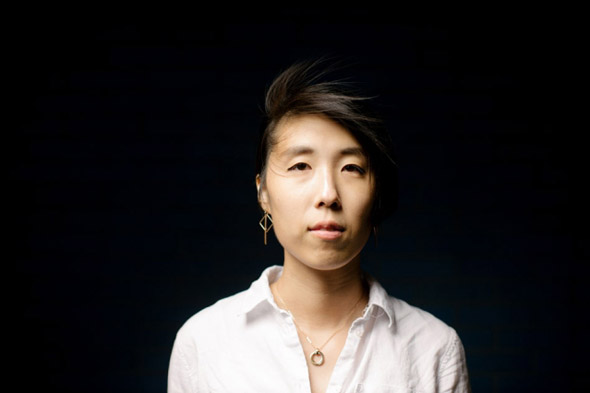A scholar and teacher re-examines moments in the history of STEM
“I love teaching,” says PhD student Clare Kim. “It’s not that I’m just imparting knowledge, but I want [my students] to develop a critical way of thinking.”

“Conducting historical research is fun because you have a chance to re-examine evidence, examine archival materials, reinterpret some of what has already been written, and craft a new narrative as a result."
— Clare Kim, PhD student in MIT’s Program in History, Anthropology, and Science, Technology, and Society
When Clare Kim began her fall 2017 semester as the teaching assistant for 21H.S01, the inaugural “MIT and Slavery” course, she didn’t know she and her students would be creating a historical moment of their own at the Institute.
Along with Craig Steven Wilder, the Barton L. Weller Professor of History, and Nora Murphy, an archivist for researcher services in the MIT Libraries, Kim helped a team of students use archival materials to examine the Institute’s ties to slavery and how that legacy has impacted the modern structure of scientific institutions. The findings that came to light through the class thrust Kim and her students onto a prominent stage. They spoke about their research in media interviews and at a standing-room-only community forum, and helped bring MIT into a national conversation about universities and the institution of slavery in the United States.
For Kim, a PhD student in MIT’s Program in History, Anthropology, and Science, Technology, and Society (HASTS), it was especially rewarding to help the students to think critically about their own scientific work through a historical context. She enjoyed seeing how the course challenged conventional ideas that had been presented to them about their various fields of study.
More SHASS stories about Teaching and Learning
Suggested links